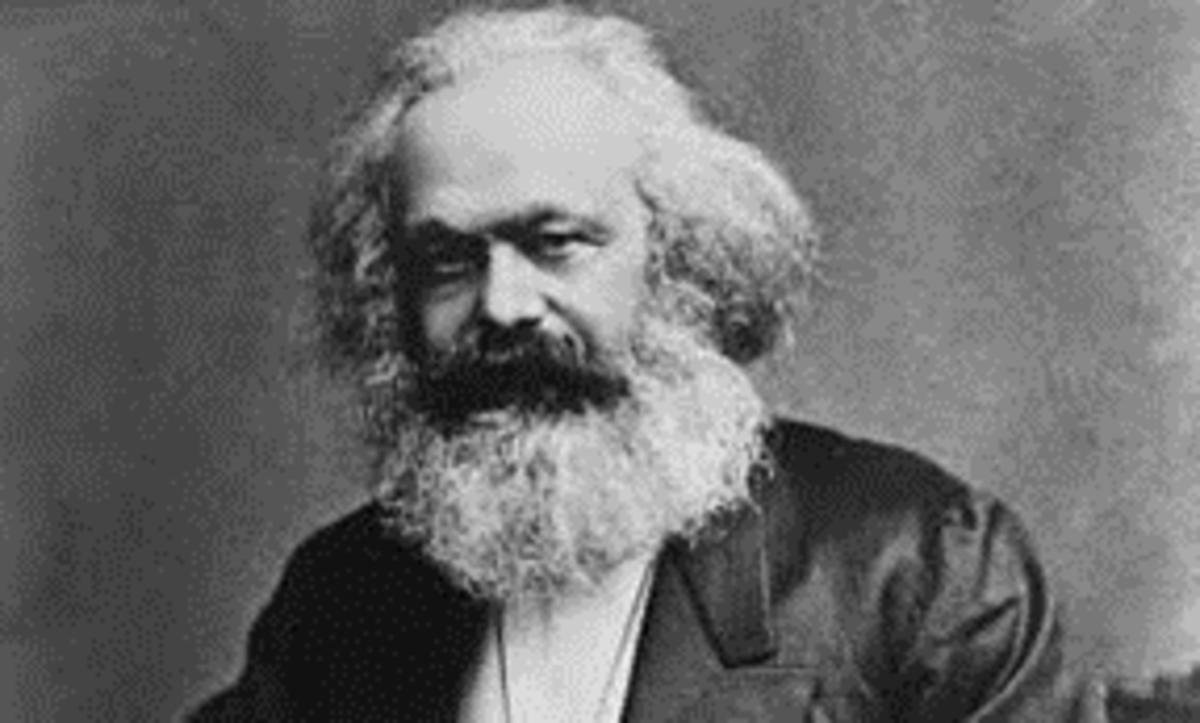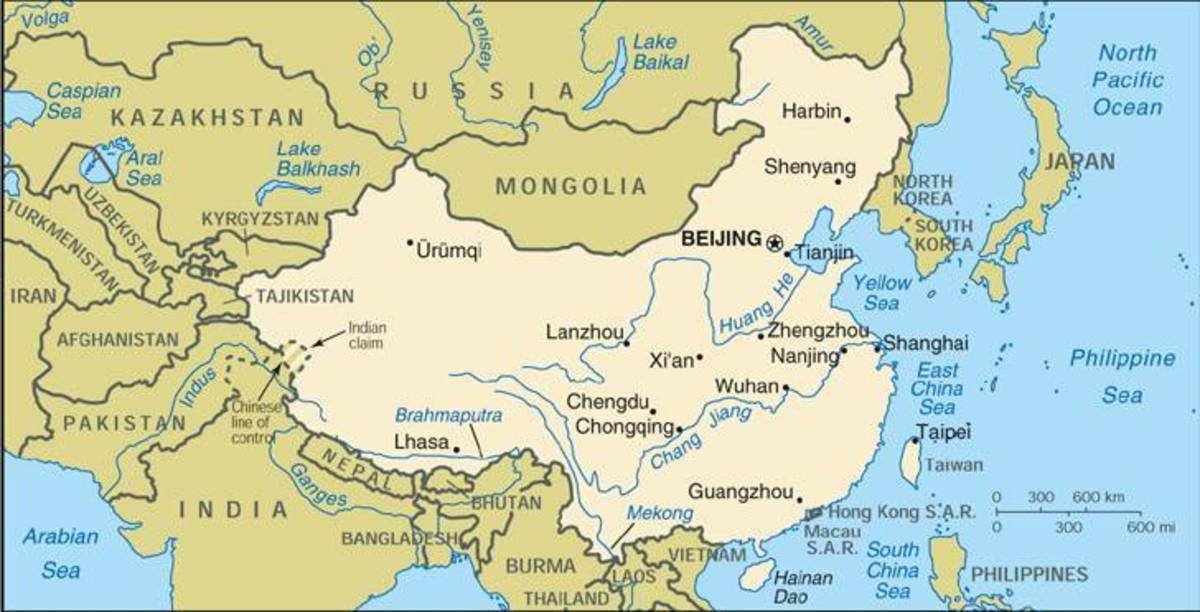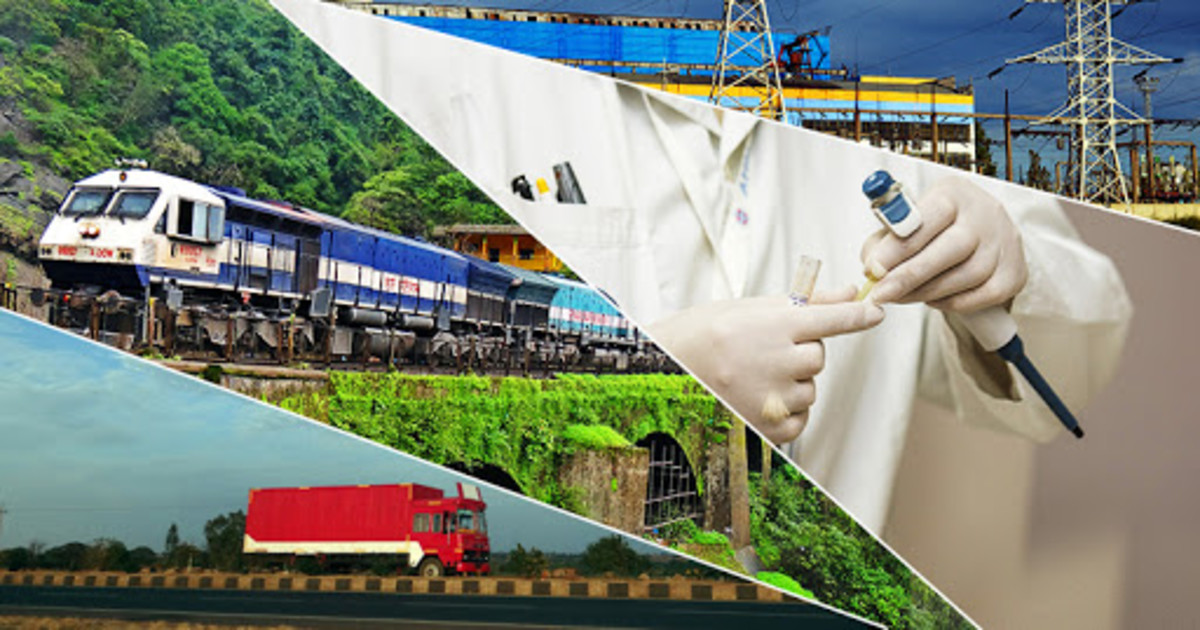China's Distinctive Economic Transition
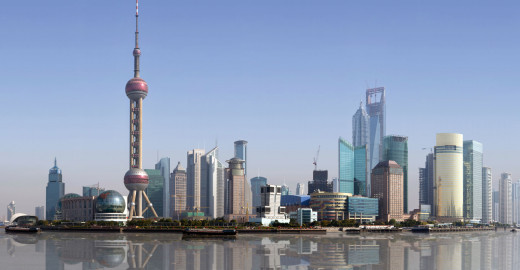

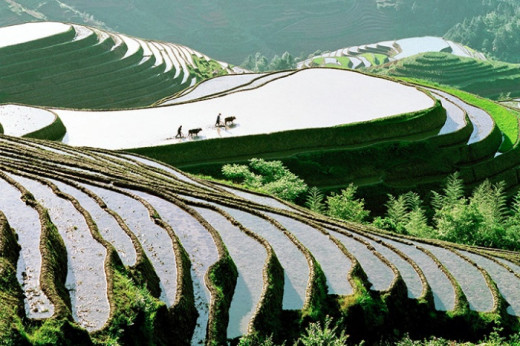
Introduction to the China's Economic Transition
China’s economic reform was a long and arduous task because it consisted of two phases and took a span of 30 years to really set the foundation for further economic reform. Prior to initiating the economic reform, China’s economy was based on a command system where the government had complete dominance over the economic domain. The whole purpose of the command economy is enforced to regulate the goods or services that were input into the economy as well as outputted. The economic reform introduced in 1949 was the point in time that China believed change was necessary by the socialist party. It was a time in Chinese history that united the citizens with a promise of greater social and economic equality through hard work. The reform was long and arduous; however, there were major significances that made the economic reform unique and successful.
Prior to the reform, in 1949, the general economy was really focused in the rural sector. Much of the economy was generated through agriculture because “90% of the population was living in the countryside” (Naughton, 34). Primarily focused in agriculture did bring forth many advancements because the farmers improved the technology of agriculture. Land was also in large quantities; therefore, there was an abundance of farmable land. Labor too was in abundance and it was what the rural sector needed. Because technology was not completely autonomous, agricultural “yields depended on the massive application of human labor to small plots of farmland” (Naughton, 35). However, post 1949; China’s economy would be forever changed with the economic reform. The main motivation that spurred the Chinese to reform economically was to really motivate the people to produce a surplus of goods so that it could satisfy the economy that was governed by the planners. It was really the farmers that built the foundation for the command economy. Based on the theories of Marx, a strong nation consisted of a very strong economy and that theory was being realized by the farmers. Also according to Marxist ideals, there were steps in the advancement of a nation. It was inevitable for China to advance on the ladder of evolution because, based on Marx’ theories of socialism. China is on an evolutionary track from barbarianism to civilization.

The First Phase: Refining the Foundation
During the 30 some years of China’s economic reform, the Soviet Union was a perfect example for the Chinese to imitate. The most important concept that was adapted by the Chinese was the command economy. The economy was able to provide a surplus of goods and therefore gave the people less despair. Because of the “nomenclature” jobs were provided and there was certainly less social unrest. The reduced social unrest proved to be true in the reform stated by Marx that a universal income would be equal. However, unlike their soviet examples, China was able to surpass them with several distinct features. The Chinese, in the first phase of economic reform, was to really improve on the system of produce allocation in the rural sector. The farmers were the ones that were really focused on because the reform required a large surplus of food. So, in accordance to the reform, to encourage a greater surplus of produce the farmer was now responsible more on his own plot of land rather than the whole commune. This new responsibility of the farmer certainly brought more enthusiasm because now there was a purpose to have a greater harvest. What was also important in the first phase was trade, in which China opened its doors to foreign investors and traders. The open door policy was one of the greatest policies ever enforced because with this, China will later on benefit from it.
The Second Phase: Implementation of a New System
Much of the second phase consisted of introducing a new economic system. The most notable and important aspect to China’s economic reform was probably the introduction of the Dual Track system. What was also remarkable was the fact that much of the reform was done without even planning. Ironically, the Chinese went from a command economy where much of everything was planned, to “reforming without a blueprint’” (Naughton, 86). Reform was needed because there were certain criteria’s that were ‘unmet’ but much of it constituted to the fact that “China was poor and underdeveloped, and others were unmet because the command economy was wasteful” (Naughton, 87). With certain criteria’s unmet, restructuring of certain sectors were obvious and required. The main problem that was thought to be the first place to restructure was the rural sector. The 30 years reform had left the farmers in the rural sector very unhappy and stagnant. Progress could not excel because there was no incentives to do so; hence, leaving the farmers very “unenthusiastic about investing more time and money in agriculture” (Naughton, 88).

The Dual Track System
The dual track system gave the Chinese a boost in experimenting with another form of economic application. The Chinese; however, did not mention anything about leaving behind the traditional plan. Instead the Chinese wanted to continue with traditional ideas as well as applying a new economic system; hence, the dual track system. The dual track; however, lets the Chinese experience both forms of economic direction. Because the traditional plan is wasteful and does not offer any incentives for the rural sector to prosper; the market based economy will allow for a surplus of goods to be allocated. The new market track will allow for farmers to be more motivated to produce more goods rather than just growing the quota. Other than giving farmers a chance to “catch their breath,” (Naughton, 89) others under the dual track system will be given more of a chance as well. Especially the rest of the citizens of China because they are now considered to be consumers where they can really start to demand what they want from the market and economy. The implementation of the market system offered “flexible prices that equated supply and demand came to play an important role in the Chinese economy” (Naughton, 94). What made the dual track system very unique was the balance of both economic mechanisms. The command economy certainly has its benefits; however, the Chinese viewed it as a system whereas it is incomplete and at some points where the disarticulation was too great. The market economy is also a great application; however, there are flaws because this system usually generations disparity. The market is all based on competition and how much one thing will sell for the price of another. With that mentality, personal skills are also in competition because skills are marketable and; therefore, causing economic and societal divides. China’s dual track; however, is unique in a sense because the two forces are used in a symbiotic partnership where one can negate the other to achieve balance. Under socialist ideals, economic stress can cause societal unrest, so “when China’s reformers faced serious macroeconomic imbalance, they used the institution of the planned economy to cut back investment and relieve pressure on the economy” (Naughton, 96).
The Chinese Economy
Different types of government tend to favor certain types of economies; with the Chinese being communist, does adopting a free market system still make China Communist?
Overview: Comparing and Contrasting
The Chinese economic reform throughout the first phase is much about experimentation and “growing out of the plan” (Naughton, 92). Because much of it was unplanned, the Chinese could only observe and let the system work things out and only at certain points; interject. The second phase was what made China such a huge powerhouse in terms of producing goods as well as having global economic significance. Mostly the second phase was the phase for fine tuning what has been set during the first phase. Much of the economy has been recentralized because during the first phase much of the enterprises were decentralized. Unlike the system used in federal states, where local and central were disarticulated, the Chinese found that once the isolation is reunified, there would be less unrest. The government found that “it was essential that further economic reforms appropriate division of responsibilities between central and local” (Naughton, 101). Typically, it was really like a socialist country to quell social unrest from the start. However, recentralization did come with a cost and it was then that Chinese government realized that the decentralization era has impacted the economy greatly. The realized fiscal decline proved that “transition strategy that stressed decentralization of authority, and benefits, along with releasing resources from government control to the marketplace” (Naughton, 101) has caused a major decline of budgetary revenue. The tax reform of 1994 has corrected the decline fiscal problem of recentralization in the second phase. The tax reform basically helped the central-local governments achieve stability by increasing the shares of collected tax and then setting up guidelines on how to spend the money on a central basis as well as a local level (Naughton, 103). This way, the central or the local governments will be a little bit more conservative in spending and as a result, both governments will have a surplus of savings in revenue.

Scene III. World Trade Organization -- Enter: China
The most prominent aspect, other than the tax reform of 1994, was the entry to the World Trade Organization (WTO). The entry into the WTO in December 2001 officially made China a world power. Since the open door policy during the first stage of economic reform, China evolved dramatically to a very powerful world provider in goods and services. This was an important step because the WTO would only further the market side of the economy. Because at this point the Chinese would have to be more competitive because of the nature of the world economy demands the country to have competitive standards. It also brought a lot of influence because the Chinese now were more westernized due to the entry into the WTO. The WTO also meant that the Chinese economy was more interactive with other economies of other countries. This; however, concerned the Chinese because the Chinese never experience any real despairing disadvantageous of the market. Generally, the Chinese was very concerned about inflation and how it could really affect their economy once committed to foreign trade and investment.
Celebrating 10 Years of WTO Memebership
China's Economic Distinction
The greatest distinction of the economic reform would be that the fact that the Chinese was still socialist even after the two phases. The once idolized model of Soviet Russia has fallen into disparity and disassembled. The model nation that China idolized prior to the first phase of reform, on December 25th, 1991 “quietly, with no announcement, the Soviet hammer and sickle flag was lowered and the red, white, and blue of the Russian flag was raised, thus signaling the end of one of the most audacious experiments in nation-state development of the 20th century” (Brunn, Williams, Zeigler, 224). The success to China’s longevity, still under socialism, would be the prominent two phases of reform brought after 1978. The dual track system has proved to be a very good tool because it proved to be a mechanism that acted as a check and balance system. The ideologies and policies brought by Mao, where personal space was monitored, were quickly dismissed. The universal poverty notion was that as a whole, everyone will be poor and therefore, create less societal unrest. The failing system that Mao created has inevitably died with him in which a new system was born. Now that market economy is in effect, it has really helped the Chinese economy prosper and also brought more enthusiasm to the foundation of China’s economic success; the rural sector. The encouragement of the agricultural sector has encouraged an abundance of growth and has pushed forward in producing and supplying for the world. The still large abundance of labor; however, is a double edged sword towards China. The poor population is great and the labor is desperate; causing the poor to be attracted to any type of job provided by the government. However, the poor also holds a hidden threat to the Chinese economy and that threat would be migration. This has created a huge endeavor for the urban planners in China because they must supply housing for the population that has migrated into the urban sector.
Conclusion
In conclusion, China’s economic reform has resulted in a plethora of criticism. The country itself has dismissed some of the most important ideologies that correlate with socialism. The great leap forward has led the country to fend for itself and depend on domestic productions. After the death of the Mao, the reforms have completely changed the economy of the People’s Republic of China. It led to the application of the market economy mechanism and has brought China to the center of the world stage. And still well into the present day, China has endeavored all the change under the socialist government. However, at this point many still find it to be controversial as to how a nation can have two economic systems. On one side, some would argue that China is in a process of dismantling the socialist government with the help of the capitalist economy. Critics believe that socialist economy will starve the country to death; whereas the capitalists’ economy is in existence to feed the starving side. However, there is another side to the spectrum made apparent by Nikita Khrushchev. His criticism is much in sync with Marx as they both believe that “all socialist countries had the right to determine their own path to build socialism” (Naughton, 67). Marx believed that the inevitable transition of barbarianism to civilization takes a very strong economy. Khrushchev believes that a country can do anything in their power to choose a path to become socialist. This is a clear definition in China’s case because both seem plausible and rational. China’s economy has proved to be very strong and that the reforms that the Chinese has taken still resulted in a stronger socialist country. There are still many steps and many more reforms that must be endeavored by the Chinese, but this is one of the sides of the spectrum of criticism. However, even if the aspect of the double edged sword still threatens the Chinese economy, the greatest asset to the success of the Chinese economy would still be the sheer numbers of laborers. That alone will ensure the future of the Chinese economy to noting less than a promising success.

Works Cited
Brunn, S., Williams, J., & Zeigler, D. (2003). Cities of the World. Oxford, New York: Rowman & Littlefield Publishers, Inc.
Naughton, B. (2007). The Chinese Economy. Cambridge, Massachusetts: The MIT Press.

